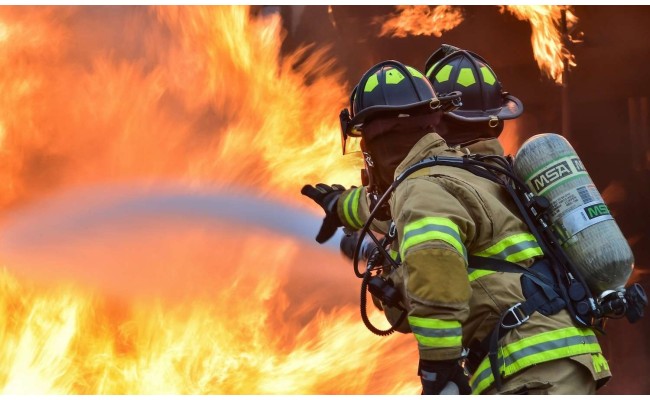- Call: +1 850 633 2663

The use of non-halogenated flame retardants is becoming increasingly important due to the hazards associated with halogenated flame retardants. Companies are now focusing on creating materials that are safe, non-hazardous, and flame resistant. It has become evident that smoke and toxic fumes pose a greater risk to human life than the fire itself. Eco-friendly and safe non-halogenated flame retardant polymer compounds requires careful consideration of the choice of additives and the polymer matrix. One approach is to use natural materials like lignin, cellulose, and chitosan as flame retardant additives, while phosphorus-based flame retardants are also non-toxic and effective. The polymer matrix must also be considered, as more resistant polymers may require less additive. The development of such compounds requires careful material selection, formulation design, and testing to ensure they meet performance and safety standards.
This online training is aimed at formulating plastic materials with low hazard levels, that are safe, and do not contain halogens, with flame retardant properties. Online training session will provide;
1. Comprehensive Understanding of Safe Materials: Gain in-depth knowledge about formulating plastics with low hazard levels and halogen-free, flame retardant properties, essential for wire and cable applications.
2. Latest Market Insights: Learn about various flame retardant fillers and additives available, their pricing, safety profiles, and modes of action, keeping you updated with current market trends.
3. Focus on Halogen-Free Solutions: Special emphasis on halogen-free polyolefins and metallic hydroxides like ATH, crucial for modern, environmentally friendly, and safe material formulations.
4. Innovative Nanofiller Additives: Explore new advancements in nanofiller additives which act as char promoters, gas barriers, and reinforcement/nucleating agents, enhancing your expertise in cutting-edge plastic technologies..
This is a very useful industry recommended training for the chemical industry professionals in particular;
- Flame retardant polymer compounds designers
- Raw materials purchasing managers
- Quality control and lab personnel
- Product manufacturers will also find it useful
0 reviews